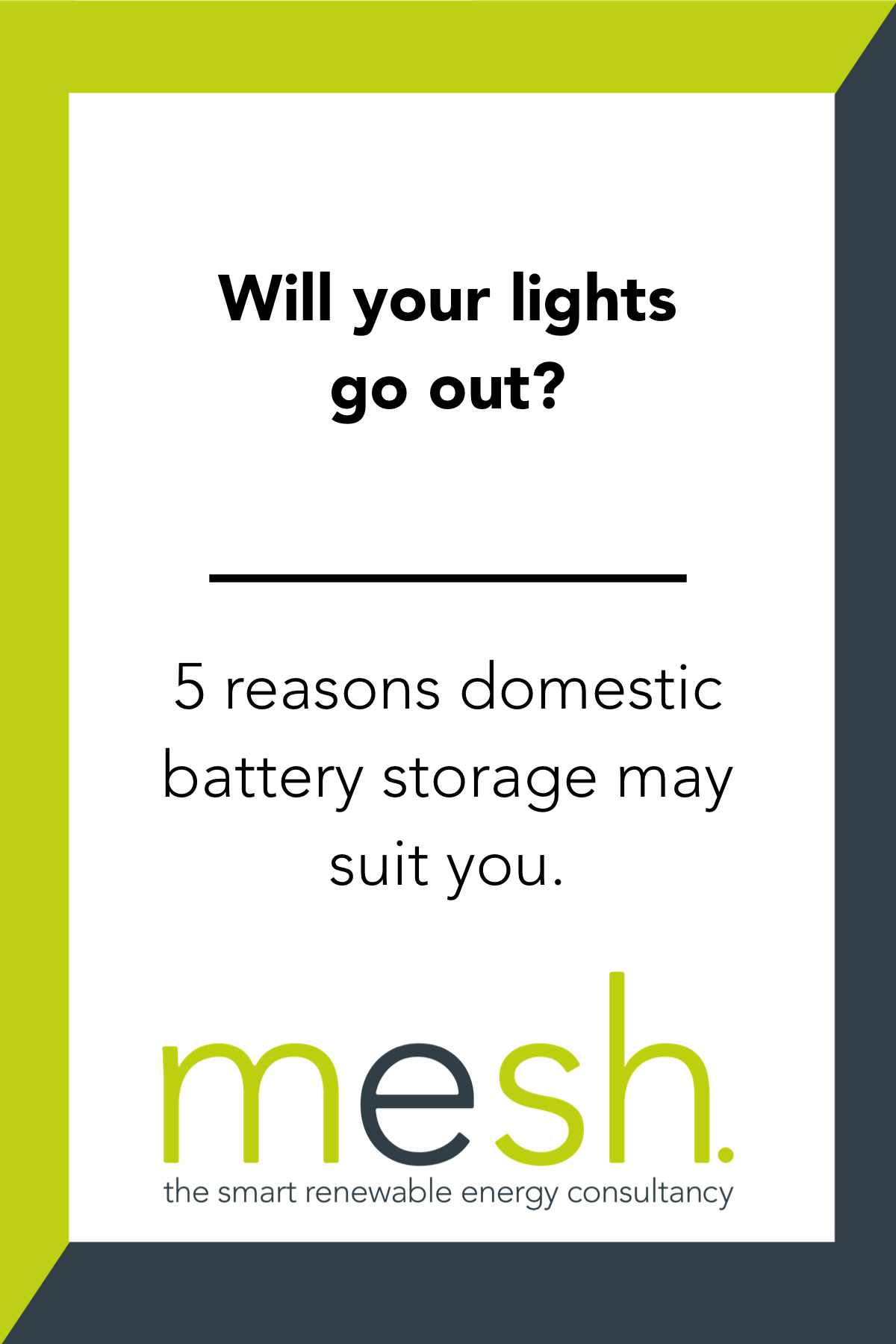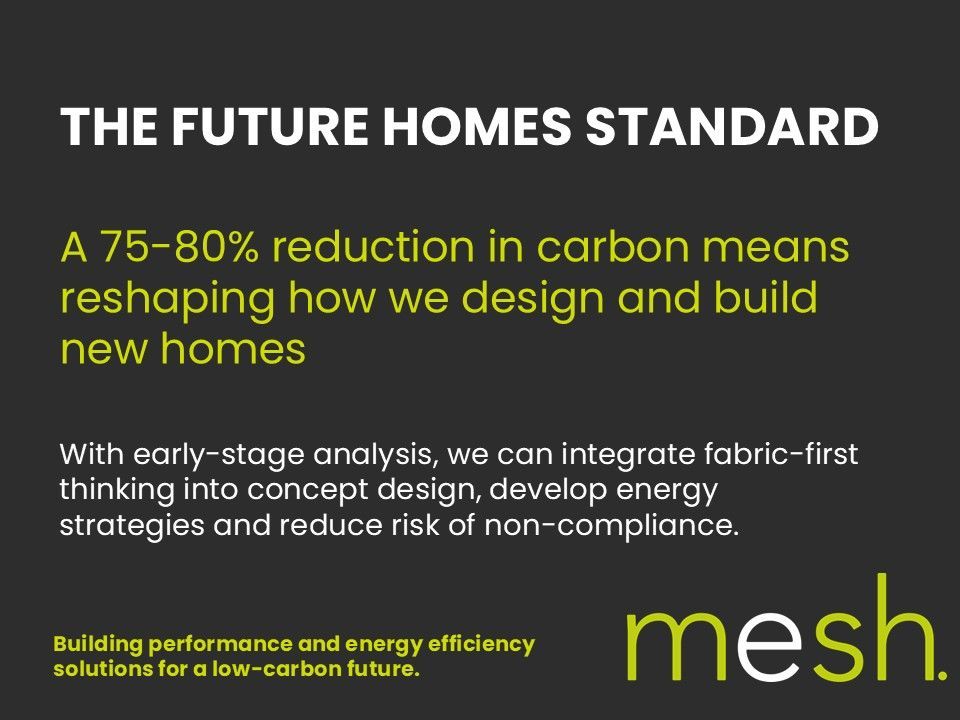Will your lights go out? 5 reasons domestic battery storage may suit you
After our recent post “Home battery storage: should you take the plunge?” gave an overview of this increasingly popular technology, we are following up this week with specific reasons you may find could help you in your particular current or future home scenario.
The recent trend for winter in the UK has been perilously tight power usage (within 1-2%) of full electricity generating capacity, and you would imagine with more people staying at home this winter the issue will be particularly tight for Christmas 2020. It makes you wonder: "What would I do if the power did temporarily go out due to the grid not being able to cope?" Doesn’t it?
What would you do to keep the lights on in your home and would you invest in technology to reduce or eliminate the risk?
Eliminate the risk
One of the ways this unfortunate event could be tackled is by using a battery backup system and this week we help to explain some basics about the technology and list five top ways these systems could benefit you through power cuts and beyond.
Modern battery systems are popularly made from Lithium-Ion, providing higher energy density than more traditional Lead acid batteries, and store excess electricity allowing controlled discharge during times when electricity is required but the source is no longer available.
The batteries are just half the story and whilst they continue to become cheaper to buy it is the system controllers which manage how energy is sent and extracted from the battery that complete the picture. These controllers allow batteries to safely interact with the other electricity supplies and electrical circuits in a modern home ensuring the battery power is efficiently managed. Visualisation of what the battery is doing at any point in time is also improving through a range of clever smartphone applications.
So what could you use home battery backup systems for and how could they benefit your home?
Our Top 5 Domestic Battery Uses
1. Keeping the lights on during power cuts
Domestic battery and control systems can help to give you protection against power outages. For power cuts a battery system would allow you to keep the light, fridge, internet, tv and a whole other raft of appliance still going for a good while after the mains electricity has gone off. Depending on the size of the battery installed depends on how long you can keep these critical appliances working for. You can program the batteries to store a minimum amount to always make sure you are covered.
These mains backup battery systems aim to act as an ‘uninterruptible’ backup and as such the appliances within the home will see a continuous flow of electricity as the battery system takes over.
2. Night time use of your free solar electricity to reduce waste
If you have a solar photovoltaic (PV) system installed you can use electricity your system has generated for free at night. What if you could use the free excess electricity created during the day? Batteries can do exactly that and store excess free electricity and make sure you are not wasting it by sending it back onto the mains grid.
3. Optimising time-based energy tariffs to save money
For some it may make sense to store low price electricity and use it when electricity rates are high during other parts of the day. It must be said this works particularly well on the Continent but less so in the UK, however the idea still stands. Why not store electricity when it’s cheap and then use the stored energy when you are on a higher tariff? There are a range of new smart variable energy tariffs coming onto the market which can help here.
4. Charging your electric car as cheaply as possible
If you have an electric vehicle it is likely it is sat at home for a large proportion of the day and night when not in use. This means that you don’t have to charge it straight away and could wait, in the summer, until there is an excess of free solar electricity or more generally, at night when your home battery has spare capacity and your home is ‘asleep’. Mobile apps and interfaces with home battery systems can help you to drive down the cost rather than just charging from the grid immediately once you get home.
5. Maximise solar panel returns and minimise imported electricity
The holy grail for some is to stop importing energy from the grid at all. For most of us mere mortals it is a pipe dream to do this entirely, but with a home battery system and solar PV panels you can buffer energy and power your home life much more effectively and reduce the net import of energy through the year. The key here is flexibility and by better control and the additional resource the battery gives you you can meet spikes in daily demand and stay off grid for longer. The more you can use the electricity generated by your solar panels, keep it on site and use it the more economical the solution and the faster the return is in your investment.
So, as you can see, there are some pretty handy ways to use home battery storage systems. There is an increasing list of product choices available and we will cover this area in more detail in subsequent blogs.
As always, we wish you lots of luck with your new low-energy home project or refurb!
If you still have any questions about home battery storage, please don't hesitate to
contact the Mesh team today.
SHARE THIS POST WITH YOUR NETWORK
























